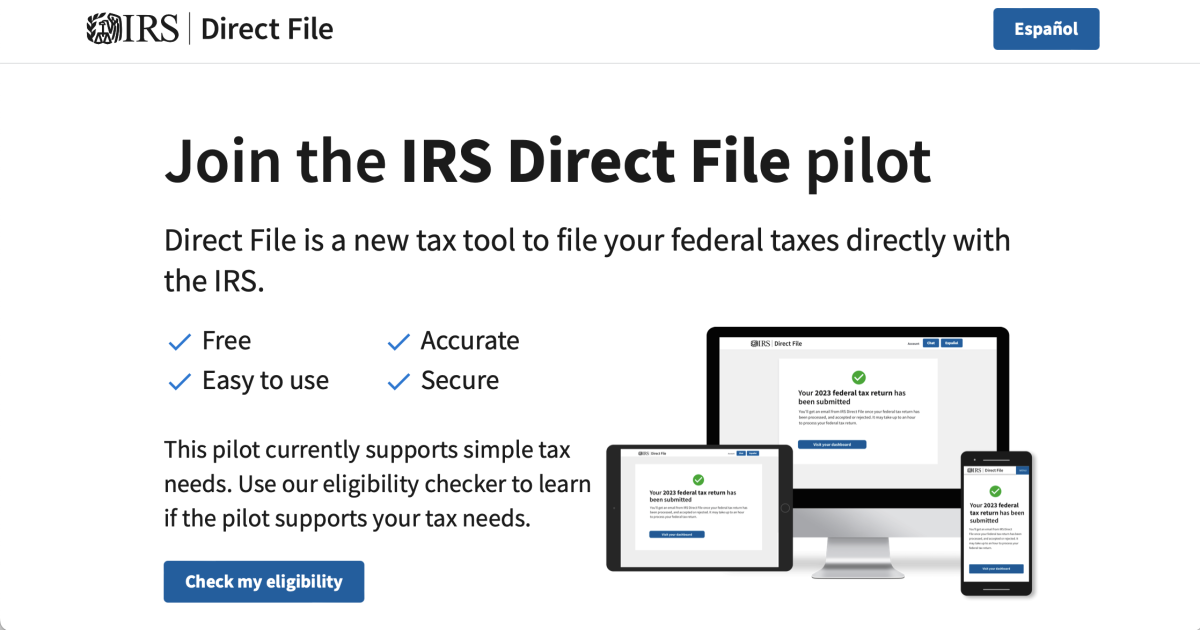According to a 2024 analysis by the Financial Health Network, 70% of the U.S. population is not financially healthy. Day-to-day financial challenges—such as short-term savings, debt management, spending relative to income and the ability to pay bills on time—are all key drivers of poor financial health. Indeed, these day-to-day challenges are rooted in a decades-long trend of wages not keeping pace with the costs of essential goods.
Between 1990 and 2019, the median American family’s income grew 140%. Still, in that same timeframe, the cost of childcare grew more than 200%, prescription drugs about 175% and higher education almost 400%—to say nothing of the skyrocketing costs of transportation and housing.
It is no wonder, therefore, that an analysis by Dayforce and the Living Wage Institute recently found that only 56% of full-time workers in the U.S. earn a living wage.
This reality naturally has significant implications on retirement security for Americans, but it is insufficient to explain the whole picture. There are additional drivers of retirement insecurity, including:
Insufficient access: Significant swaths of the U.S. population do not have access to or participate in employer-sponsored retirement plans. This is especially true for part-time workers, small business employees and nontraditional workers (such as contingent workers, gig workers, or other independent contractors).
Lack of short-term savings: Workers who lack short-term savings are often reluctant to contribute to employer-sponsored retirement savings plans, either because they don’t feel they have enough money to save or because they wish to avoid steep penalties associated with withdrawals. Conversely, workers with emergency funds are more likely to contribute to retirement plans.
Limited portability options: When changing jobs, workers with smaller retirement savings (less than $5,000) are frequently required by their former employers to take distributions from their retirement savings accounts or roll over those funds into a new account. For many workers, especially those with low to moderate incomes, this process is complicated, costly and provides a disincentive to participating in retirement savings programs.
Opportunities to enhance retirement savings, financial health
Despite these headwinds, employers are well poised to make significant progress in addressing their employees’ long-term financial health. HR can help their organizations focus on these priorities:
Increased access: Expanding access to workplace retirement plans to part-time workers, gig workers and other traditionally excluded worker populations is an important step employers and other providers can take to shrink the access gap. At the same time, shrinking or eliminating eligibility waiting periods can get workers into the retirement saving habit sooner, which likely increases the chance they will continue to save over the long term.

Emergency savings/short-term liquidity: Offering an emergency savings solution can enhance workers’ retirement readiness and financial health. Employers generally have two options: Pension-Linked Emergency Savings Account (PLESA) connected to 401(k) plans or an out-of-plan Emergency Savings Account (ESA), which is not tied to retirement plans. ESAs have fewer participation and contribution limits and are less administratively complex. Employees can contribute a portion of their wages, and employers can match these contributions. Encouraging workers to save at least $500 in an ESA can help workers weather financial shocks.
More equitable plan design and broad-based ownership benefits: Employers can also consider alternative matching designs. For instance, employers could contribute equally among all eligible employees instead of varying amounts based on individual contributions. This approach could increase participation and savings and reduce savings disparities and wealth gaps. Moreover, profit-sharing and broad-based ownership programs can enhance employees’ retirement savings and financial health as well. A 2018 study showed that workers in Employee Stock Ownership Plans (ESOPs) had average retirement balances of around $170,000—over twice the national average. Companies with broad-based incentive programs also see better business outcomes, such as higher returns on equity and reduced turnover.
Making it easier to move savings: We are seeing significant advancements in retirement portability. Many state-sponsored individual retirement account plans anchor the benefit to the individual and not the workplace, making it easier for workers to take their savings benefits with them. There are also innovators, like Manifest, that offer tech-enabled portability solutions to facilitate the transfer of workplace retirement savings from one plan to another as the employee changes jobs.
Being financially able to retire is a worry shared by many in the U.S., with more than half (55%) of working-age adults concerned that they will be unable to have a financially secure retirement. By reimagining how we provide access to plans, how we design plans and how workers share more in the value they help create, and by leveraging emerging technologies, employers can help reshape the future of retirement savings—a future that provides financial security for all.
Credit: Source link











